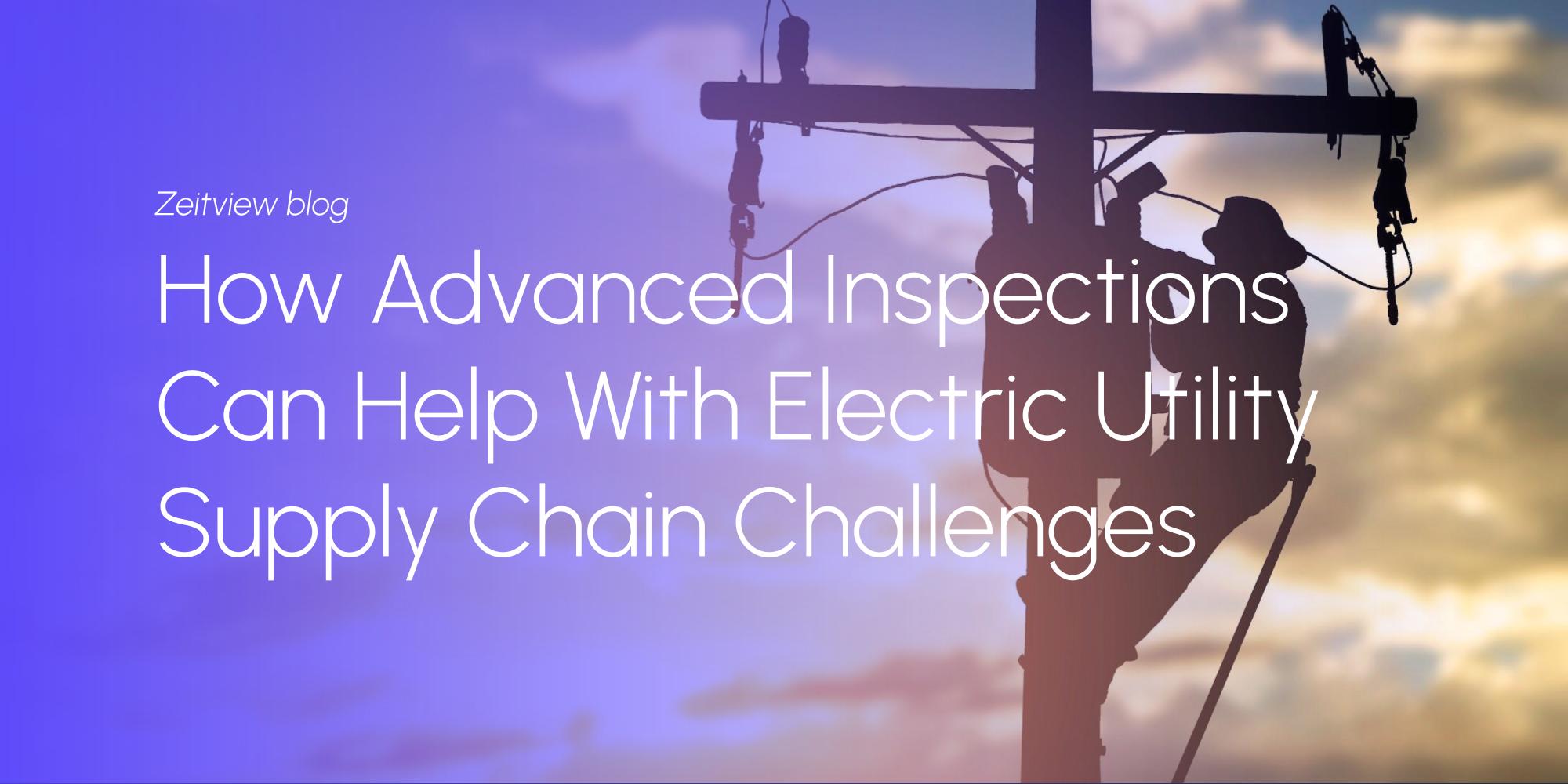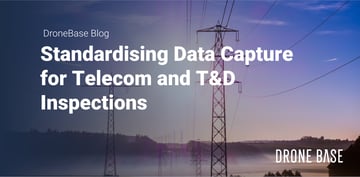At the movies, clever heroes or heroines get stripped down to essentials. Their gadgets go on the fritz, they run out of gas in the middle of nowhere—or the power goes out. Then they figure out ingenious workarounds, like pirating spare parts, or braiding sheets into rope, or duct tape — lots of duct tape.
Operators of the US electric power grid can probably relate. Not only are they tasked with transitioning to renewable energy while keeping the legacy infrastructure built a century ago humming, despite increasingly severe weather. They’re doing it while coping with shortages of distribution transformers, wire and cables, raw materials, and other critical components.
These supply chain challenges are now critical. Nearly one-third of US public power utilities are at high risk of running out of distribution transformers within one month. Lead times to purchase new ones have grown from three months to a year or more since 2018, and prices have doubled. Orders for electrical conduit have been delayed to 20 weeks and costs are up 200 percent year over year. Acquiring a bucket truck takes two years.
One strategy that can help is modernizing how inspections are done. The latest inspection technologies leverage thermal sensors, high-definition imagery, aerial data collection and artificial intelligence (AI) to track utility equipment performance over time. These methods have advantages over truck rolls or foot patrols alone. Operators can not only identify what’s already malfunctioning but get alerted to what’s likely to need attention soon. They can more easily find underutilized equipment in the field that could generate spares, detect what needs to be immediately swapped out, and discover what can be refurbished. And do all this much faster, so they typically cost less.
Here's how advanced inspections of T&D lines and other power infrastructure can help extend component life—and be part of the solution for electric utility supply chain woes.
Collect better inspection imagery, extract valuable data.
Assessing large-scale horizontal and vertical infrastructure using manual methods isn’t always practical or effective. It’s slow, expensive, doesn’t give visibility into all assets, is risky for O&M teams, and too often leaves out up-close views that give the complete picture.
Advanced aerial inspections address all these drawbacks with intelligent imagery and AI-enabled software:
-
-
A drone equipped with a thermal sensor, computer vision technology and a high-resolution camera flies overhead collecting heat data and imagery. (When it makes economic sense, crewed aircraft do this job.)
-
When a potential problem is spotted, the drone zooms in to get a more detailed view. Imagery is collected at all the angles and in hard-to-access areas.
-
Unusual heat signatures not likely to be caught by visual RGB sensors and ground inspection crews are picked up by drone sensors.
-
Imagery and data are captured, analyzed and stored at scale, with AI automatically flagging anomalies and diagnosing problems. Advanced software parses the images with likely problems and plots them on a map, making human review of all those similar looking poles much simpler. .
-
Over time, linemen help train the AI to recognize what component assemblies are in the images. An inventory of components/assemblies on affected poles can be automatically generated, so field teams know what repairs, tools, and personnel are most likely needed—and exactly where to go.
-
AI also automates much of the work of repair record-keeping and reporting.
Drone inspections are faster than manual by 30 to 50%. Power lines that used to take ground crews hours or even days to assess can be surveyed in 15 minutes.
The cost and time savings also mean that inspections can be done more regularly. This allows utilities to move from scheduled or reactive maintenance to predictive maintenance based on actual risk. Utilities get data that lets them track failures over time and systems that alert them to repair needs before something breaks. They gain the information they need to extend equipment life, precisely manage component supply chains, use lean workforces most efficiently, and foresee power disruptions. They can eke every watt from every generating facility, substation, T&D line, transformer, and other component.
See infrastructure across time for supply chain precision
Electric power companies are coping with equipment shortages with efforts like mutual aid, more refurbishing of machinery, standardization of components, circular design and use, and a request for $1B in congressional funding to increase production of distribution transformers.
That’s good, because the challenges aren’t going away soon: global shipping backlogs from the pandemic, tariffs, disruption from the Ukraine War, competition for raw materials, the labor squeeze, and more frequent and extreme weather.
It’s all in good fun to be inspired by NASA astronauts saving the day with duct tape and cardboard or a martial artist fighting her way out of a tight spot using whatever’s at hand. But utilities can only MacGyver so much. Advanced inspections can efficiently assess existing machinery and components over time, triage repairs on priority equipment, and find what’s being underutilized so it can be repurposed. So electric utilities can better manage supply chain challenges. Learn more zeitview.com/utilities




